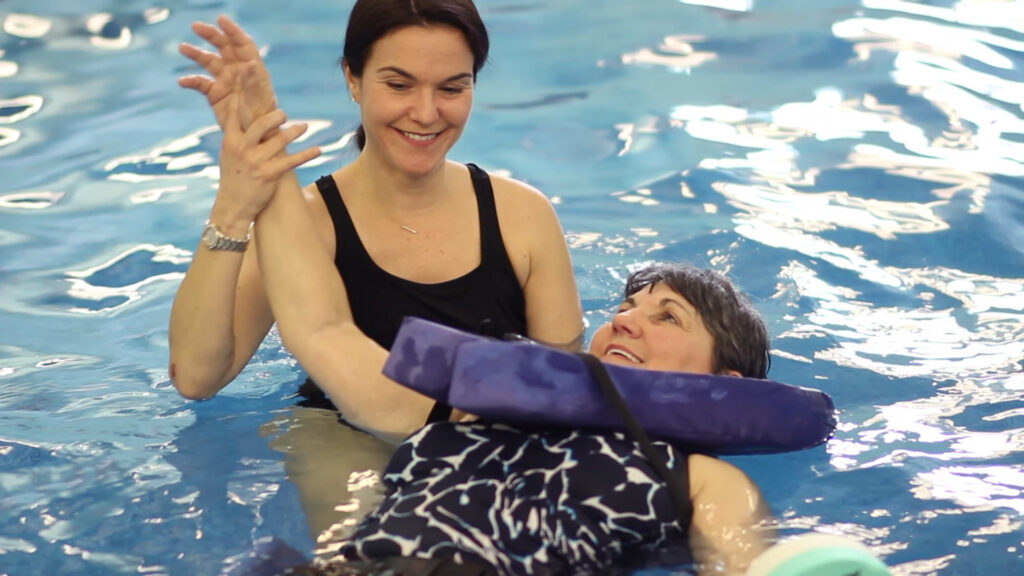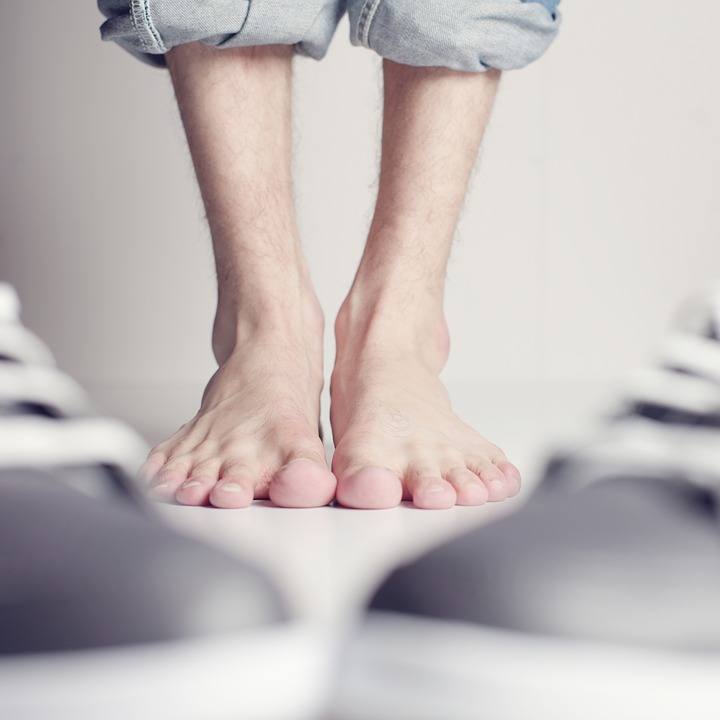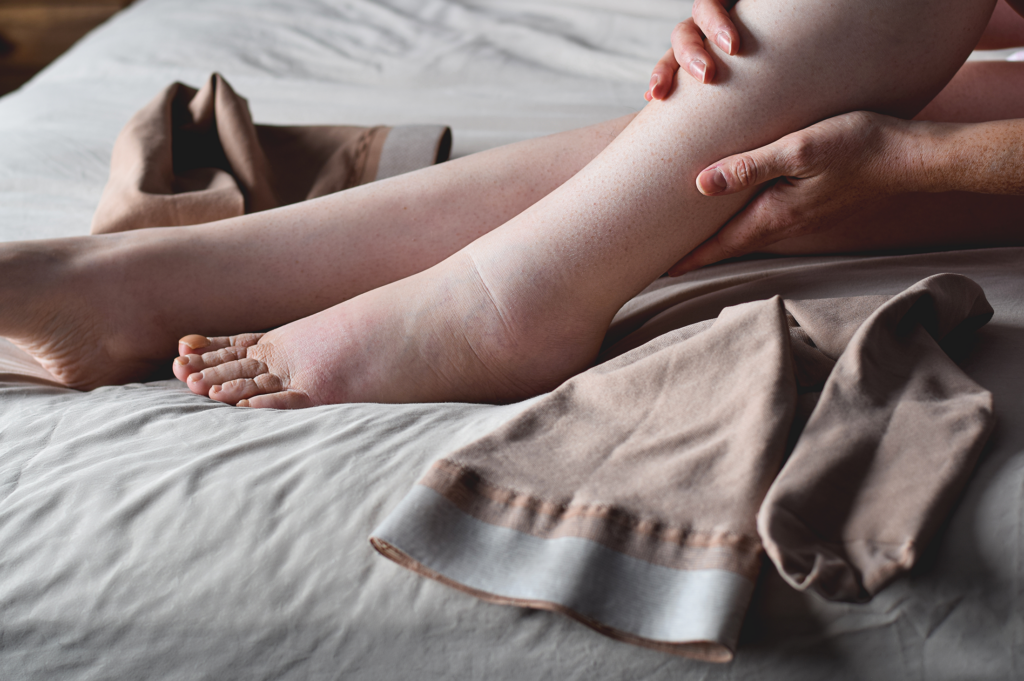
Fixing Vertigo With Physical Therapy

One minute you’re fine, the next minute everything is spinning. It happened recently to a coworker who woke up one morning and found that any little movement sent the room spinning and her stomach lurching. She couldn’t even get out of bed. Her doctor told her she had benign paroxysmal positional vertigo (BPPV), a type of dizziness common among older adults, and for which there is an amazingly easy fix.
Symptoms of Vertigo
BPPV is caused by a problem in the inner ear. It most often occurs in people over the age of 50 and more often in women than in men. It happens when a small piece of calcium crystal inside the ear becomes dislodged and enters the inner ear’s fluid-filled canals, where it disrupts the way your brain keeps you balanced and causes dizziness or spinning sensations.
Possible Causes of Vertigo
The condition can often occur out of the blue, as my coworker discovered. A local otolaryngologist stated that the stickiness that keeps these crystals in place wears off with age, “like an old Post-it note.” It also can be triggered by a head injury, even a minor bump, or an ear infection, or sometimes just being tilted back in the dentist’s chair for too long. While it’s uncomfortable, the biggest danger is an increased risk of falling because you feel so dizzy.
Treatment of BPPV
Unfortunately, many patients with BPPV see numerous doctors and go through many unnecessary tests before finding relief. Partly that’s because dizziness is actually a complex problem and may be from a number of different causes, medications, low blood pressure, as well as a large number of inner ear disorders.The symptoms can sometimes go away on their own in days to weeks; however, there is an easy fix for those cases that don’t get better or to help you feel better sooner. Doctors who don’t recognize the condition or who write it off to just part of aging may prescribe medication, like meclizine, but this is an ineffective treatment for BPPV as this only treats the symptoms not the cause of BPPV.
The most effective treatments are called canalith repositioning maneuvers where the patient’s head is turned while he or she sits and then lies in different positions. It generally takes five minutes or less to reposition the displaced crystal(s) back into place, and it immediately cures vertigo in about 90 percent of people. In other cases, it can be effectively treated through several sessions of these maneuvers. Aquacare Physical Therapy has 4 Certified Vestibular Rehabilitation Therapists trained by the American Institute of Balance that are able to Diagnose BPPV and determine the correct canalith repositioning maneuver to get rid of your symptoms.








